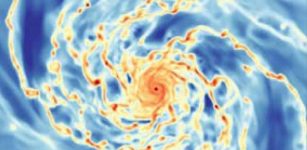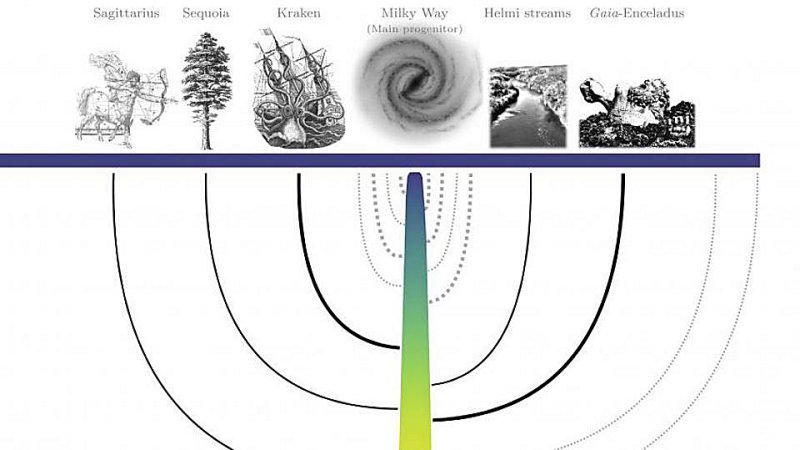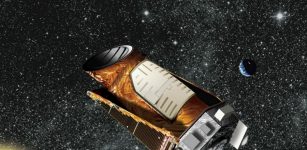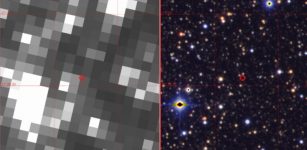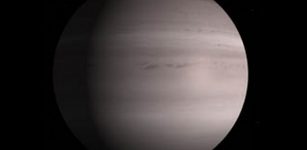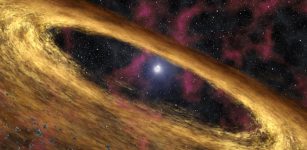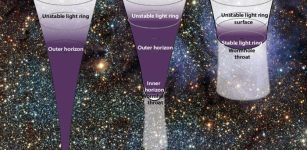New Clues About Why Stars Explode
Eddie Gonzales Jr. – MessageToEagle.com – NASA’s Transiting Exoplanet Survey Satellite (TESS) was launched into space in April 2018; its goal is to search the universe for new planets.
Now, astronomers at The Ohio State University show that TESS, could also be used to monitor a particular type of supernova.
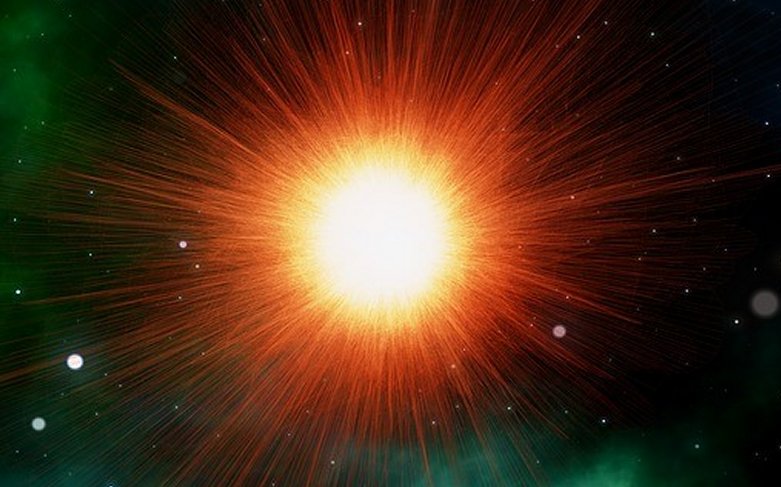 A star shines bright in a distant galaxy.
A star shines bright in a distant galaxy.
“We have known for years that these stars explode, but we have terrible ideas of why they explode,” said Patrick Vallely, lead author of the study and an Ohio State astronomy graduate student.
“The big thing here is that we are able to show that this supernova isn’t consistent with having a white dwarf (take mass) directly from a standard star companion and explode into it—the kind of standard idea that had led to people trying to find hydrogen signatures in the first place.
A white dwarf explodes into a specific type of supernova, a 1a, after gathering mass from a nearby companion star and growing too big to remain stable, astronomers believe. But if that is true, then the explosion should leave behind trace elements of hydrogen, a crucial building block of stars and the entire universe.
Until this TESS-based observation of a supernova, astronomers had never seen those hydrogen traces in the explosion’s aftermath: This supernova is the first of its type in which astronomers have measured hydrogen. The hydrogen could mean that the white dwarf consumed a nearby star. In that scenario, the second star would be a normal star in the middle of its lifespan—not a second white dwarf. But when astronomers measured the light curve from this supernova, the curve indicated that the second star was in fact a second white dwarf.
So where did the hydrogen come from?
“It is possible that the hydrogen came from a companion star—a standard, regular star—but he thinks it is more likely that the hydrogen came from a third star that happened to be near the exploding white dwarf and was consumed in the supernova by chance,” Professor of Astronomy Kris Stanek, Vallely’s adviser at Ohio State and a co-author on this paper, said in a press release.
“We would think that because we see this hydrogen, it means that the white dwarf consumed a second star and exploded, but based on the light curve we saw from this supernova, that might not be true,” Stanek said.
“Based on the light curve, the most likely thing that happened, we think, is that the hydrogen might be coming from a third star in the system,” Stanek added.
“So the prevailing scenario, at least at Ohio State right now, is that the way to make a Type Ia (pronounced 1-A) supernova is by having two white dwarf stars interacting—colliding even. But also having a third star that provides the hydrogen.”
Written by Eddie Gonzales Jr. – MessageToEagle.com Staff



